9 Calligraphy in the Yuan, Ming, and Qing Dynasties
Part I. Culture
1 Calligraphy during the Yuan, Ming, and Qing Dynasties
1.1 The Yuan (元/yuán) (1279-1368)

The Yuan Dynasty, 元/yuán, was the empire or ruling dynasty of China that Kublai Khan, the fierce leader of Mongolia, established. In governing, Yuan emperors tried to hold true to traditional Chinese practices – to maintain harmony and improve the quality of domestic life. Major developments took place in the arts, including painting, calligraphy, poetry, and Qu (曲/qŭ, a type of classical Chinese poetry that consists of words written in one particular tone pattern developed from songs). The number of gifted artists and writers was noteworthy. For instance, Zhao Mengfu (趙孟頫/zhào mèng fŭ, 1254-1322), a descendant of the Song‘s imperial family, was considered a significant Chinese scholar, painter, and calligrapher. Figures 1 and 2 show examples of his calligraphy and painting.
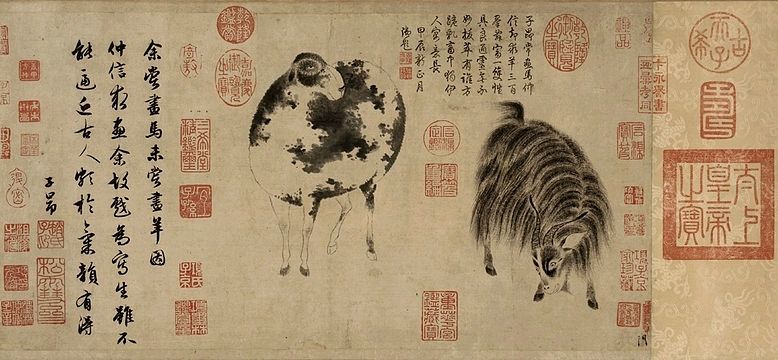
1.2 Ming Dynasty (明) (1368-1644)
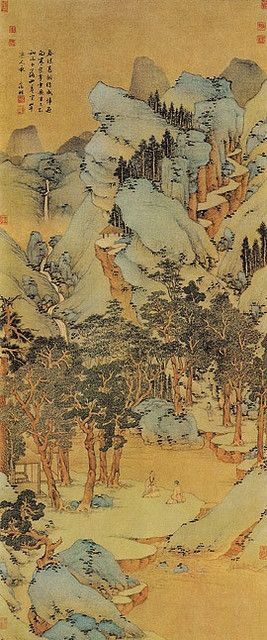
During the Ming (明/míng) Dynasty artists frequently broke with tradition, exhibiting a free, liberated, diverse style of calligraphy. And they were also accomplished in painting, writing and poetry. The most famous artists included Wen Zhengming (文徵明/wén zhēng míng, 1470-1559), Zhu Yunming (祝允明/zhù yŭn míng, 1460–1527), Shen Zhou (沈周/shĕn zhōu, 1427-1509), Tang Yin (唐寅/táng yín, 1470-1523), Dong Qichang (董其昌/dŏng qí chāng, 1555-1636), Xu Zhenqing (徐祯卿/徐禎卿/xú zhēn qīng, 1479–1511), and Huang Daozhou (黄道周/huáng dào zhōu, 1585-1646) among others. Figure 3 consists of two pieces of artwork by 文征明/文徵明.
1.3 Qing Dynasty (清) (1644-1911)
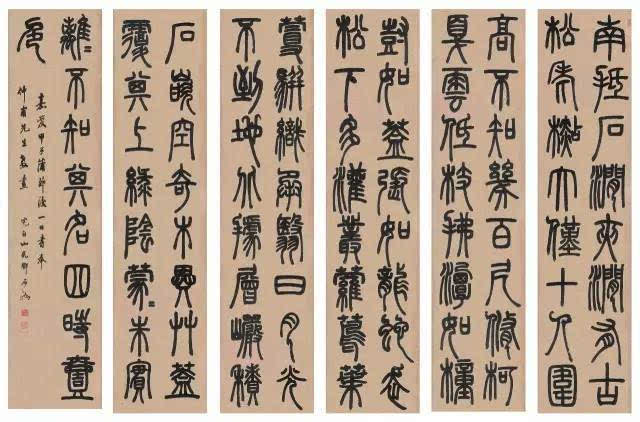
Starting in the Qing (清/qīng), scholars increasingly were inspired by the rich resources of overlooked ancient seal and clerical script inscriptions. Influenced by a close study of these antiquities, Qing scholars became familiar with stelae. In doing so they helped to create a trend in calligraphy that complemented what is known as the Modelbook School. Thus, this Stelae School formed yet another link between past and present. Seal and clerical script became sources of innovation in Chinese calligraphy. Notable calligraphers from this period include Deng Shiru (邓石如/鄧石如/dèng shí rú, 1743-1805) (See Figure 4 for his calligraphy work) and Zhao Zhiqian (赵之谦/趙之謙/zhào zhī qiān, 1829-1884) (See Figure 5 for his calligraphy).
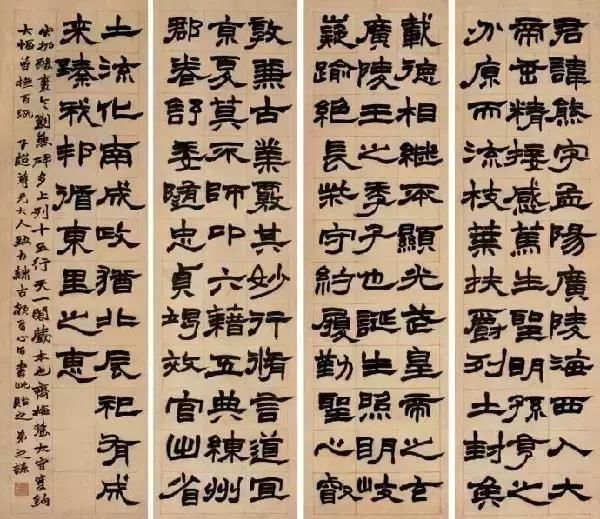
Part II. Calligraphy Writing
1 Strokes
This pair consists of two intricate strokes in which 3-to-4 turns are required. Calligraphers must make the turns by changing directions properly.
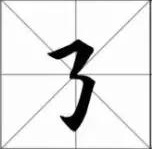
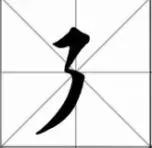
2 Characters
延/yán/ to extend
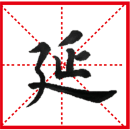
3 Homework
3.1 Write the following Character: 建/jiàn/to build
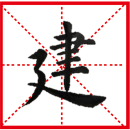
3.2 Find how to write your Chinese name in regular style and practice under a teacher’s guidance.
3.3 If you don’t yet have a Chinese name, ask your teacher for help with characters, pronunciation, meaning, and stroke order.
Turn to a website to help you write your name using proper calligraphic rules. One site is: 永樂在线書法字典 Chinese calligraphy dictionary online (http://chinese-calligraphy-dictionary.wikichina.com/).
Part III. Additional Resources
- Chinese Calligraphy: http://www.chinaonlinemuseum.com/calligraphy.php
- Chinese calligraphy: http://www.seeraa.com/china-culture/chinese-calligraphy-introduction.html
- Principles of Chinese Calligraphy: http://www.art-virtue.com/principles/p9-linmo.htm

